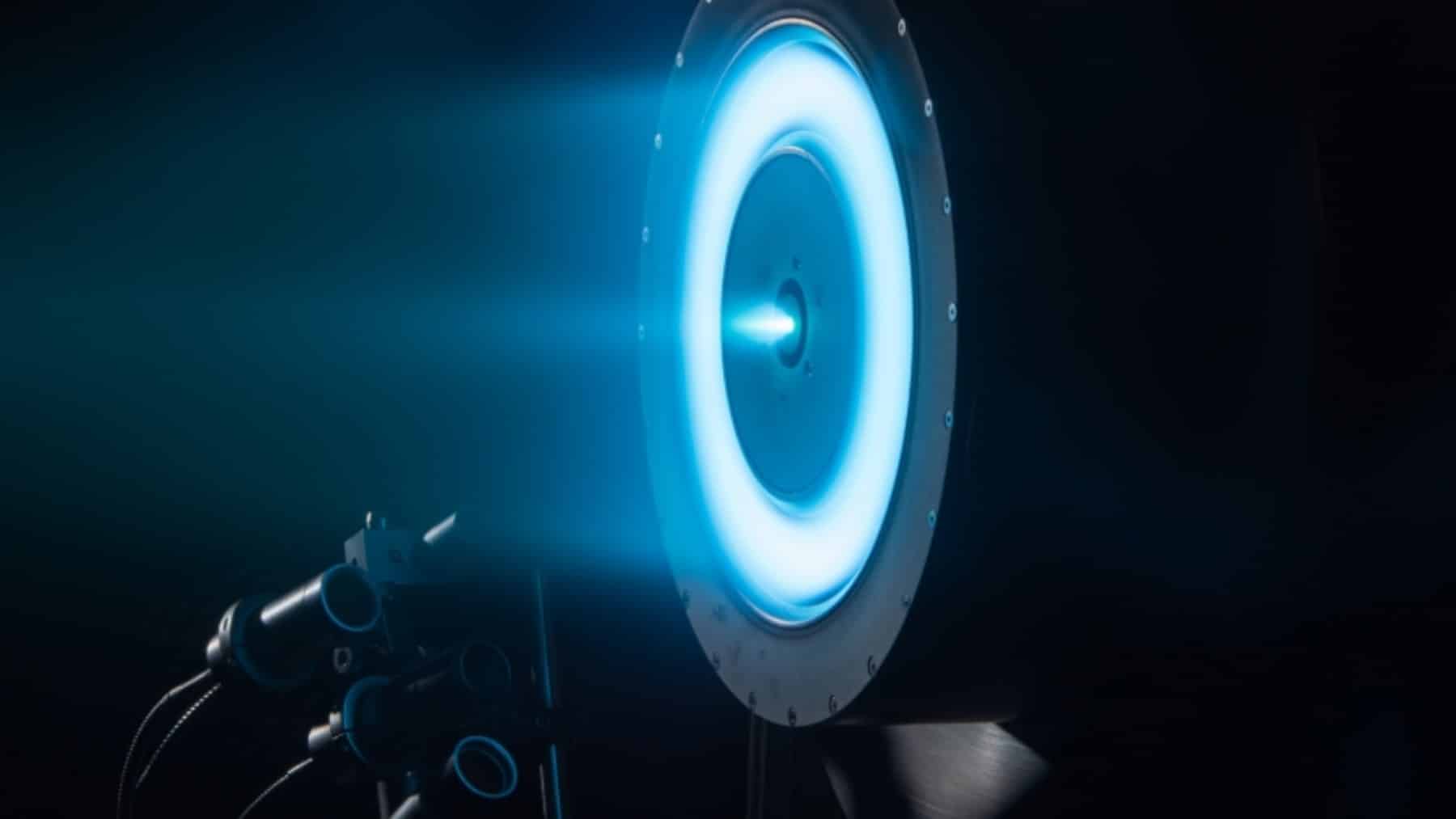NASA's Hy2PASS: Redefining Aviation with Hydrogen Power
Key Ideas
- NASA is pioneering the Hy2PASS engine, which uses hydrogen to power aircraft wings, aiming for zero emissions and sustainable flights.
- The innovative engine design separates the compressor from the turbine, reducing energy loss and enabling precise control.
- The Hy2PASS project, in collaboration with the University of Illinois, seeks to revolutionize aircraft design for energy efficiency and safety.
- Hydrogen's potential in aviation is being reconsidered, with NASA focusing on its role in zero-emission air travel and performance improvements.
NASA is leading a groundbreaking initiative to revolutionize air travel with hydrogen through the Hy2PASS engine. This project aims to utilize hydrogen not only for zero-emission vehicles but also for sustainable flights. Unlike traditional hybrid models, the Hy2PASS system separates the compressor from the turbine, enhancing energy efficiency and control. Dr. Phillip Ansell of the University of Illinois is spearheading the program with the support of NASA's Innovative Advanced Concepts program. The goal is to optimize aircraft design and performance for energy reduction and safety. By focusing on hydrogen's potential in aviation, NASA aims to create a cleaner and more efficient future for flight. The project highlights the importance of hydrogen fuel cells over heavy electric batteries for long-haul flights. The vision is that the Hy2PASS engine will set a new standard for cleaner aviation, demonstrating hydrogen's essential role in the industry.
Topics
Fuel Cells
Aviation
Innovation
Sustainability
Engineering
Future Technology
Air Travel
Hydrogen Fuel Cells
NASA
Latest News
